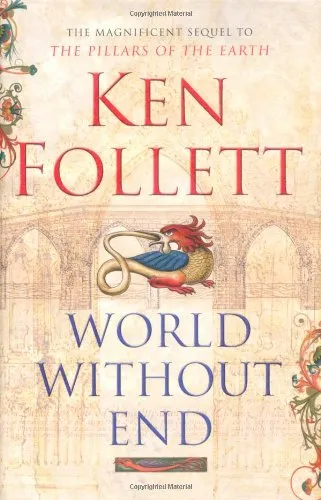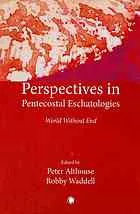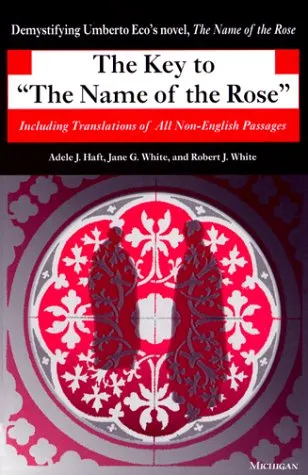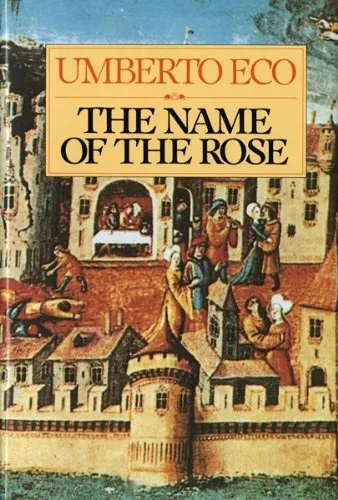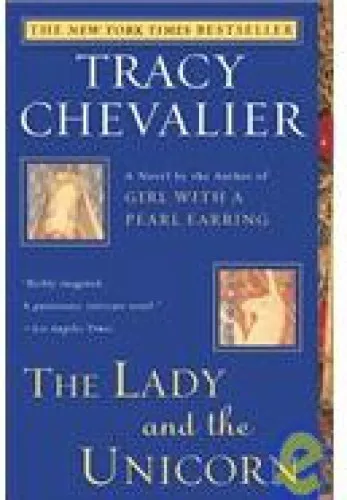The Pillars of the Earth
4.3
Reviews from our users

You Can Ask your questions from this book's AI after Login
Each download or ask from book AI costs 2 points. To earn more free points, please visit the Points Guide Page and complete some valuable actions.کتاب های مرتبط:
Persian Summary
Introduction to 'The Pillars of the Earth'
Published in 1989, 'The Pillars of the Earth' by Ken Follett is a monumental historical novel set in the 12th century, weaving together an intricate tapestry of characters and events against the backdrop of medieval England. Its foundation rests upon an epic struggle to build a cathedral in the fictional town of Kingsbridge, encompassing tales of ambition, love, betrayal, and redemption.
Detailed Summary of the Book
Set at the dawn of the Gothic architectural age, 'The Pillars of the Earth' delves into the lives of its richly developed characters over several decades. The story begins with the quest to construct a grand cathedral, a dream harbored by Tom Builder, a master mason. His ambition and passion drive the plot forward through turbulent times of war, famine, and political instability.
The tale is filled with a plethora of diverse and memorable characters. Philip, a resourceful monk, battles against the corruption and complexities within the Church, while Aliena, a noblewoman with unwavering determination, is driven by personal loss and a thirst for vengeance. Meanwhile, the diabolical antagonist, William Hamleigh, epitomizes the brutal struggles of power and control, setting up intense conflicts throughout the narrative.
At its core, the novel explores the monumental task of cathedral construction as a symbol of human perseverance and communal effort. This endeavor serves as a metaphor for faith, hope, and the tenacity of the human spirit. The intricate interplay between the personal and the political unravels amidst a tapestry of historically accurate and vividly described events, from the anarchy following the death of King Henry I to the transformative cultural shifts of the 12th century.
Key Takeaways
- The power of faith and determination in the face of seemingly insurmountable obstacles.
- The influence of architecture as an enduring symbol of human ambition and creativity.
- The intricate balance between personal desire and collective responsibility.
- The impact of political and religious institutions on societal structures.
- The timeless struggle between good and evil, portrayed through richly detailed characters.
Famous Quotes from the Book
"The most expensive part of building is the mistakes."
"A builder has to be a bit of a philosopher too."
Why This Book Matters
'The Pillars of the Earth' stands out not only as a detailed exploration of medieval life but also as a testament to human resilience and innovation. Its immense popularity can be attributed to its intricate plot, well-researched historical setting, and the profound depth of character development.
This novel contributes significantly to the genre of historical fiction by not only entertaining readers with its dramatic and emotional narrative but also enlightening them on the architectural and societal transformations of the period. Follett's attention to detail and commitment to historical accuracy creates a vivid and immersive experience, allowing readers to appreciate the grandeur and significance of the medieval cathedral as more than a religious structure but as a hub of community and cultural evolution.
Moreover, 'The Pillars of the Earth' addresses universal themes such as the struggle for justice, the pursuit of dreams, and the complexities of moral choices, resonating with readers across various backgrounds and time periods. As such, this book bridges the gap between historical context and modern-day relevance, making it a timeless piece of literature that will continue to capture the imaginations of audiences for generations to come.
Free Direct Download
You Can Download this book after Login
Accessing books through legal platforms and public libraries not only supports the rights of authors and publishers but also contributes to the sustainability of reading culture. Before downloading, please take a moment to consider these options.
Find this book on other platforms:
WorldCat helps you find books in libraries worldwide.
See ratings, reviews, and discussions on Goodreads.
Find and buy rare or used books on AbeBooks.
1478
بازدید4.3
امتیاز0
نظر98%
رضایتReviews:
4.3
Based on 0 users review
Questions & Answers
Ask questions about this book or help others by answering
No questions yet. Be the first to ask!


